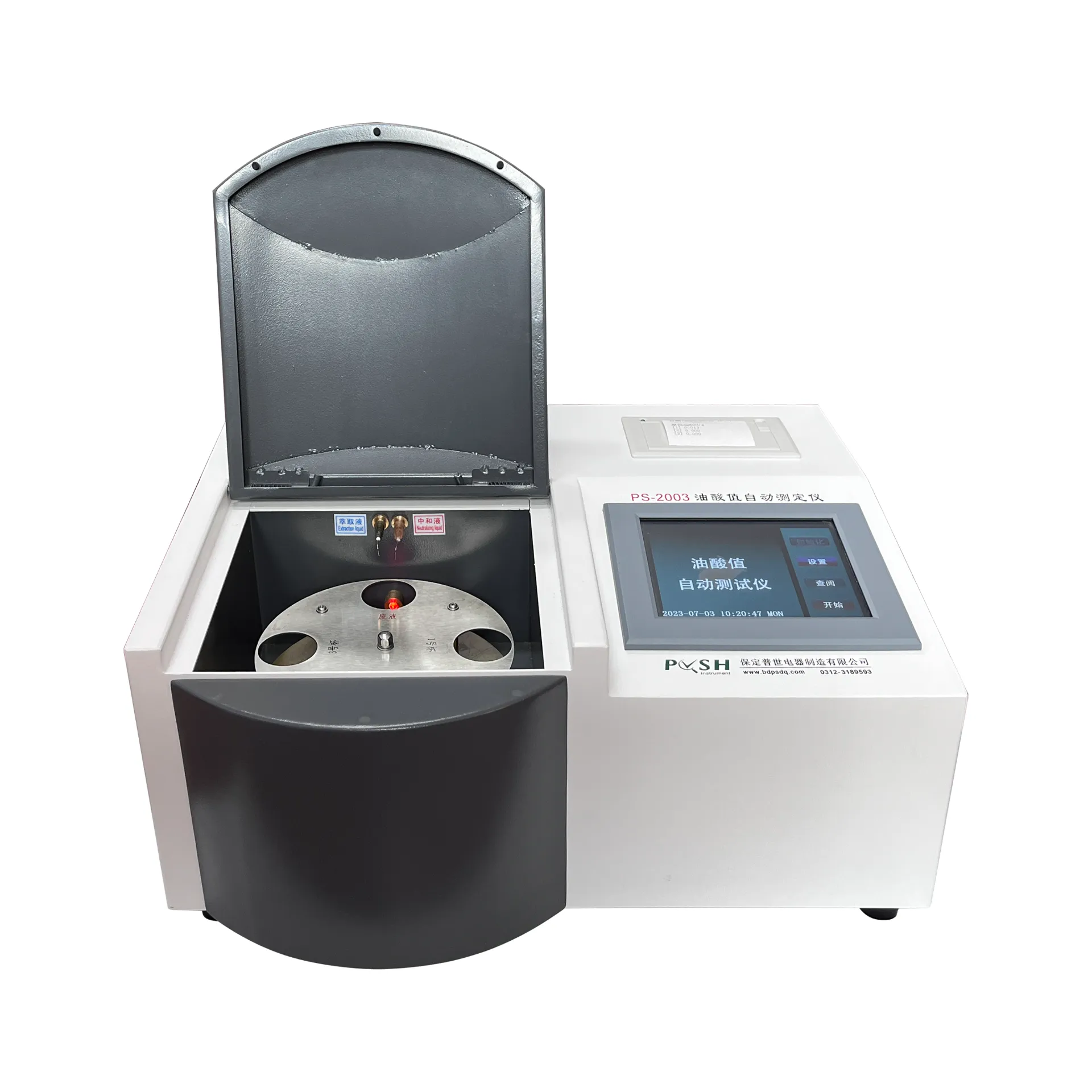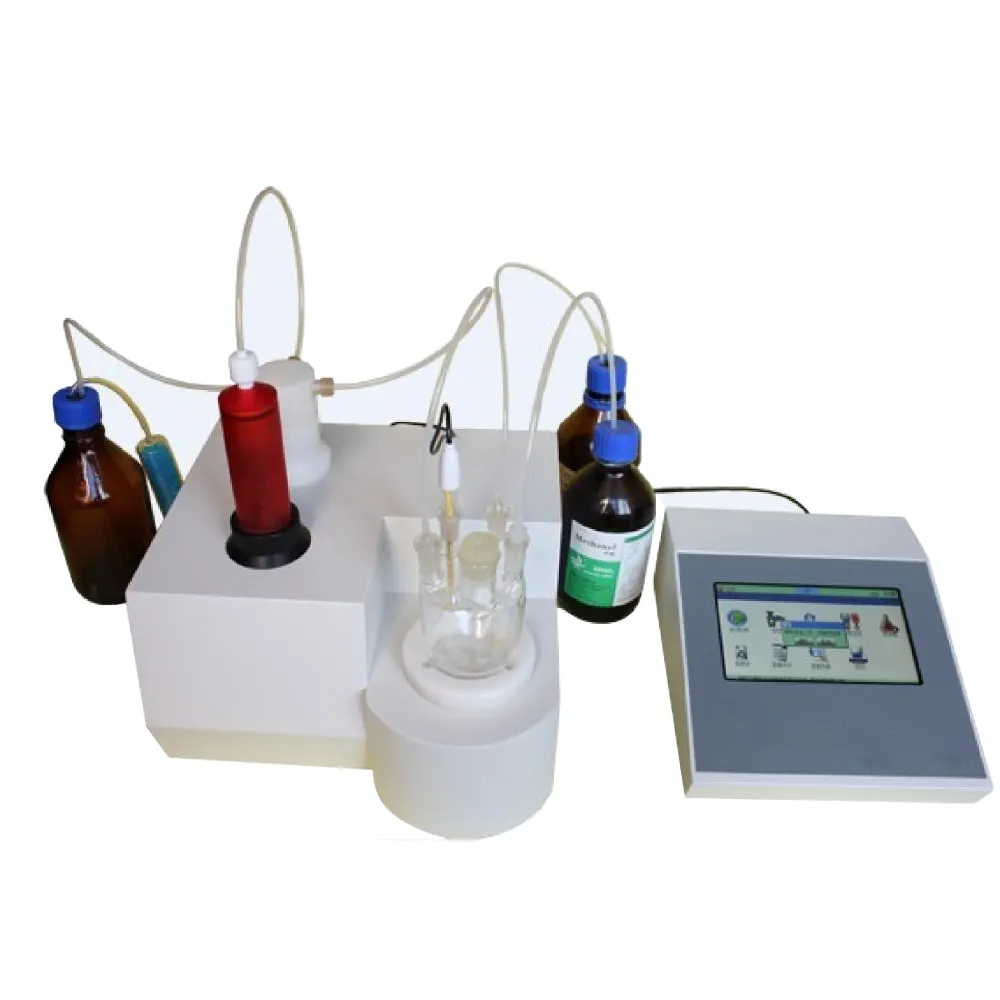TEL:
+86-0312-3189593
 English
English

Telephone:0312-3189593

Email:sales@oil-tester.com

-
 Afrikaans
Afrikaans -
 Albanian
Albanian -
 Amharic
Amharic -
 Arabic
Arabic -
 Armenian
Armenian -
 Azerbaijani
Azerbaijani -
 Basque
Basque -
 Belarusian
Belarusian -
 Bengali
Bengali -
 Bosnian
Bosnian -
 Bulgarian
Bulgarian -
 Catalan
Catalan -
 Cebuano
Cebuano -
 China
China -
 China (Taiwan)
China (Taiwan) -
 Corsican
Corsican -
 Croatian
Croatian -
 Czech
Czech -
 Danish
Danish -
 Dutch
Dutch -
 English
English -
 Esperanto
Esperanto -
 Estonian
Estonian -
 Finnish
Finnish -
 French
French -
 Frisian
Frisian -
 Galician
Galician -
 Georgian
Georgian -
 German
German -
 Greek
Greek -
 Gujarati
Gujarati -
 Haitian Creole
Haitian Creole -
 hausa
hausa -
 hawaiian
hawaiian -
 Hebrew
Hebrew -
 Hindi
Hindi -
 Miao
Miao -
 Hungarian
Hungarian -
 Icelandic
Icelandic -
 igbo
igbo -
 Indonesian
Indonesian -
 irish
irish -
 Italian
Italian -
 Japanese
Japanese -
 Javanese
Javanese -
 Kannada
Kannada -
 kazakh
kazakh -
 Khmer
Khmer -
 Rwandese
Rwandese -
 Korean
Korean -
 Kurdish
Kurdish -
 Kyrgyz
Kyrgyz -
 Lao
Lao -
 Latin
Latin -
 Latvian
Latvian -
 Lithuanian
Lithuanian -
 Luxembourgish
Luxembourgish -
 Macedonian
Macedonian -
 Malgashi
Malgashi -
 Malay
Malay -
 Malayalam
Malayalam -
 Maltese
Maltese -
 Maori
Maori -
 Marathi
Marathi -
 Mongolian
Mongolian -
 Myanmar
Myanmar -
 Nepali
Nepali -
 Norwegian
Norwegian -
 Norwegian
Norwegian -
 Occitan
Occitan -
 Pashto
Pashto -
 Persian
Persian -
 Polish
Polish -
 Portuguese
Portuguese -
 Punjabi
Punjabi -
 Romanian
Romanian -
 Russian
Russian -
 Samoan
Samoan -
 Scottish Gaelic
Scottish Gaelic -
 Serbian
Serbian -
 Sesotho
Sesotho -
 Shona
Shona -
 Sindhi
Sindhi -
 Sinhala
Sinhala -
 Slovak
Slovak -
 Slovenian
Slovenian -
 Somali
Somali -
 Spanish
Spanish -
 Sundanese
Sundanese -
 Swahili
Swahili -
 Swedish
Swedish -
 Tagalog
Tagalog -
 Tajik
Tajik -
 Tamil
Tamil -
 Tatar
Tatar -
 Telugu
Telugu -
 Thai
Thai -
 Turkish
Turkish -
 Turkmen
Turkmen -
 Ukrainian
Ukrainian -
 Urdu
Urdu -
 Uighur
Uighur -
 Uzbek
Uzbek -
 Vietnamese
Vietnamese -
 Welsh
Welsh -
 Bantu
Bantu -
 Yiddish
Yiddish -
 Yoruba
Yoruba -
 Zulu
Zulu
ફેબ્રુવારી . 05, 2025 02:00
Back to list
dry type transformer testing and commissioning
Dry type transformers are becoming increasingly popular for their safety, reliability, and environmental benefits. However, testing and commissioning these transformers require specialized expertise to ensure optimal performance and longevity. Based on years of industry experience, here is an in-depth exploration into the process, highlighting the critical factors that contribute to a successful operation.
Commissioning goes beyond mere testing—it aligns the transformer’s setup to specific operational needs. A pivotal part of this process is fine-tuning the tap changer settings to match the desired voltage levels. Engineers with a clear understanding of the local grid requirements and load demands perform these adjustments. Additionally, comprehensive on-site training sessions for maintenance personnel are arranged, fostering a deeper understanding of routine monitoring and emergency procedures. Trust is built through the transparency and precision of the commissioning report. This document should encapsulate every test carried out, providing insights into the transformers’ performance metrics and any corrective actions taken. An expertly crafted report not only serves as a record of compliance but also as a valuable resource for predicting future maintenance needs. Partnering with firms that prioritize authority and trustworthiness ensures compliance with the latest industry standards and regulatory requirements. Professionals who stay abreast of technological advancements bring unparalleled insight and value to this process. Their commitment to safety and efficiency translates into reliable power distribution networks that businesses and communities can depend on. As the demand for sustainable and efficient energy solutions grows, the role of dry type transformers becomes increasingly pivotal. Proper testing and commissioning by experts safeguard investment and optimize operational efficiency. By entrusting seasoned professionals with these tasks, organizations can enjoy peace of mind, knowing that their electrical infrastructure is both robust and resilient. In conclusion, thorough testing and commissioning of dry type transformers not only enhance their operational efficiency but also extend their lifespan. This demanding process requires a blend of technical knowledge, practical experience, and an unwavering commitment to quality. When performed by experts, it ensures that the transformers meet the highest standards of performance and safety, providing reliable service in even the most challenging environments.


Commissioning goes beyond mere testing—it aligns the transformer’s setup to specific operational needs. A pivotal part of this process is fine-tuning the tap changer settings to match the desired voltage levels. Engineers with a clear understanding of the local grid requirements and load demands perform these adjustments. Additionally, comprehensive on-site training sessions for maintenance personnel are arranged, fostering a deeper understanding of routine monitoring and emergency procedures. Trust is built through the transparency and precision of the commissioning report. This document should encapsulate every test carried out, providing insights into the transformers’ performance metrics and any corrective actions taken. An expertly crafted report not only serves as a record of compliance but also as a valuable resource for predicting future maintenance needs. Partnering with firms that prioritize authority and trustworthiness ensures compliance with the latest industry standards and regulatory requirements. Professionals who stay abreast of technological advancements bring unparalleled insight and value to this process. Their commitment to safety and efficiency translates into reliable power distribution networks that businesses and communities can depend on. As the demand for sustainable and efficient energy solutions grows, the role of dry type transformers becomes increasingly pivotal. Proper testing and commissioning by experts safeguard investment and optimize operational efficiency. By entrusting seasoned professionals with these tasks, organizations can enjoy peace of mind, knowing that their electrical infrastructure is both robust and resilient. In conclusion, thorough testing and commissioning of dry type transformers not only enhance their operational efficiency but also extend their lifespan. This demanding process requires a blend of technical knowledge, practical experience, and an unwavering commitment to quality. When performed by experts, it ensures that the transformers meet the highest standards of performance and safety, providing reliable service in even the most challenging environments.
Previous:
Latest news
-
Testing Equipment Industry Sees Major Advancements in 2025: Smart & Precision Technologies Lead the WayNewsJun.06,2025
-
Applications of Direct Current Generators in Renewable Energy SystemsNewsJun.05,2025
-
Hipot Tester Calibration and Accuracy GuidelinesNewsJun.05,2025
-
Digital Circuit Breaker Analyzer Features and BenefitsNewsJun.05,2025
-
Benefits of Real-Time Power Quality Monitoring Devices for Industrial EfficiencyNewsJun.05,2025
-
Earth Fault Loop Testing in High-Rise Building Electrical SystemsNewsJun.05,2025



